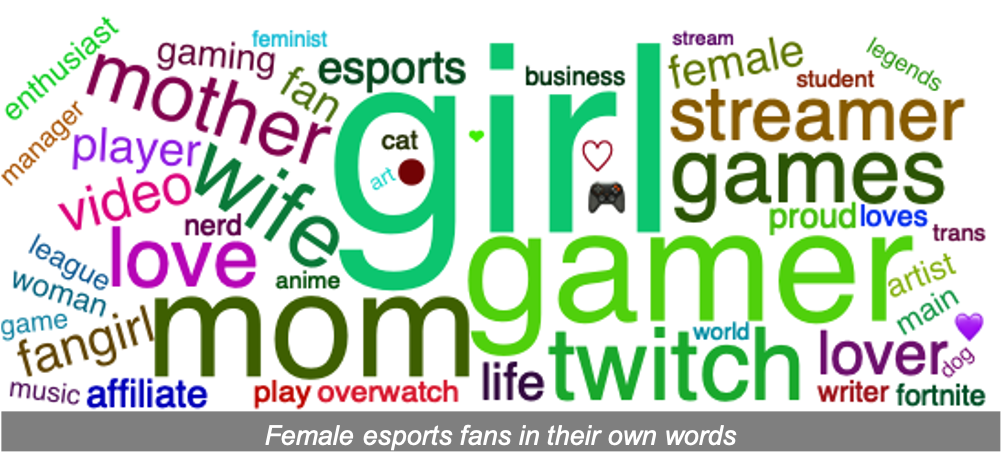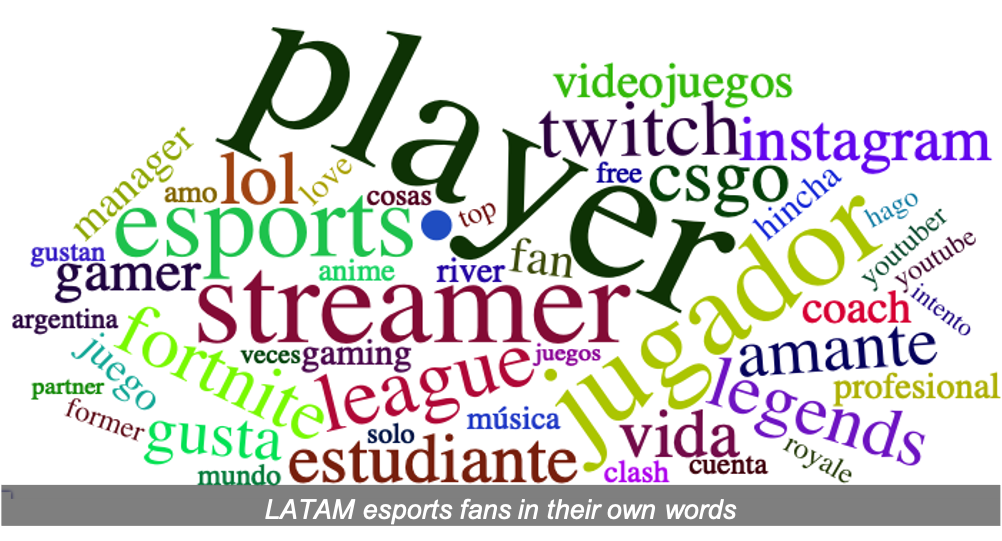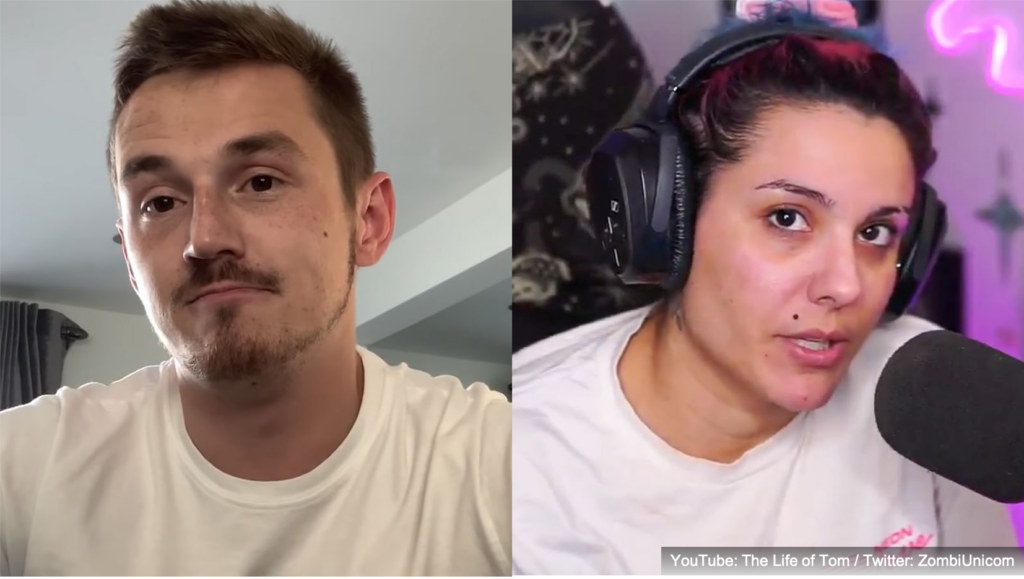This is the final installment of a four part series. Click here to download the entire report (PDF).
It is always important to connect with audiences that mirror demographics of your target market. This may seem irrelevant since esports fans are typically described as Millennial and Gen Z males. However, according to Nielsen, 22% of esports fans around the world are female. Additionally, the aggregate audience is spread across the entire globe.

Demographics help keep you from wasting time and money marketing to consumers who are not likely to become customers. If your products are location-specific, or you only work within certain regions, the audience should match. Furthermore, to align your brand’s values and beliefs with those of a certain demographic, you need to understand who they are.
Along those lines, social media data can paint an unfiltered portrait of a demographic group – in its own words. If there is alignment, the right influencers help you share stories that build an emotional connection with them.

Regardless of the esports demographic, the power of personality still holds. Two esports team owners – Martin Perez “Coscu” Disalvo and Francisco “Frankkaster“ Postiglione are among the top 5 influencers for Latin American (LATAM) esports fans. Both are also Twitch streamers, whose mix of personal appeal and online clout has led to partnerships with Nike (Coscu) and Samsung (Frankkaster).
When brands align their target markets with influencers for specific demographics, they can create long-term relationships. Esports influencers know how to talk to relevant audiences in your market, and can help you reach them in an engaging, personal way that alternatives like traditional sponsorships cannot.
Fun fact: 31% of esports fans in LATAM follow one game title. Only 10% follow more than three. [Source: eSports iQ audience analytics]
Conclusion: Risk vs. Reward
The COVID-19 pandemic was an unofficial coming-of-age moment for online gaming content. Twitch amassed 8 billion hours watched – the equivalent of 910,000 years – in the first two quarters of 2020 alone. These numbers reflect the increasing appeal of digital channels for accessing products and services.
Influencer marketing is also poised for continued growth, albeit with some hazards. The same holds for its overlap with gaming and esports, where potential rewards are not without risks. For one, just because someone has an impressive online following does not mean they align with your brand values. It also means you have to vet influencers to get a feel for the person behind the gamertag.

Thorough influencer evaluation requires the proper degree of due diligence. Especially since online gaming is a complex community, whose members often have reputations that precede them. To illustrate, Tom “Syndicate” Cassell is a gaming content creator and leading esports influencer.
Syndicate faced allegations of sexual abuse by two of his ex-partners in June 2020. Prior to that, he was implicated in a July 2016 betting scandal. Brands and marketers must prepare to sniff out things that seem false to avoid scandal.
The risks are there, so they must be managed carefully. In doing so, working with influencers on individual campaigns or executions allows you to see a return before re-engaging for a longer-term relationship. eSports iQ audience analytics are your guide to doing just that. They provide the insights that lead to success with esports influencer marketing.
This is the final installment of a four part series. Click here to download the entire report (PDF).
